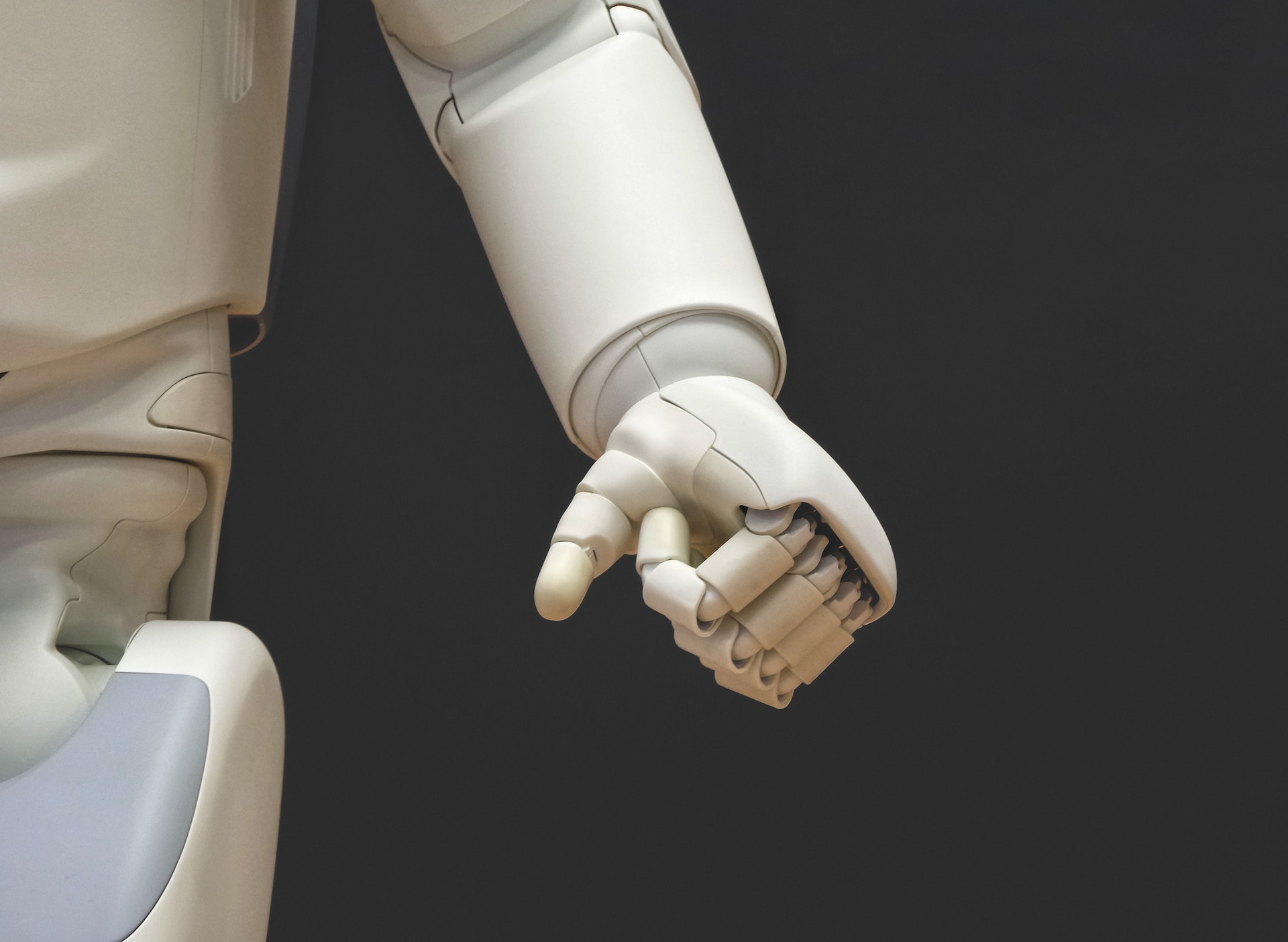
Sci&Tech Editor Sanskriti Shelke reports on an independently generated AI robot
A Northwestern Engineering Research team has developed an Artificial Intelligence (AI) algorithm that can design the structure of a robot from scratch. Given the simple prompt: “Design A Robot That Can Walk,” within seconds a blueprint was formed. A 3D printer was later used to fabricate the mould for this robot. Sam Kriegman, assistant professor of computer science, mechanical engineering, and chemical and biological engineering at McCormick School of Engineering, was leading this research at Northwestern University. He and his team have managed to compress the process of evolution, requiring billions of years, into an instant. This is a great leap taken in both the fields of technology and biological evolution, a discovery that could lead to more advancements in the search and development of artificial life and even Xenobots, living robots entirely made from biological cells.
According to the article, the AI designed a robot that could first jiggle, bounce in place then hop forward and shuffle. Only after nine attempts, did the AI finally generate a robot that could walk. The entire process took 26 seconds on a laptop.
“The entire process of generating the robot took 26 seconds on a laptop
Kreigman says evolving robots usually demanded weeks of trial and error on a supercomputer, and now with this new algorithm, it takes less than a minute. After having the 3D-printed mould of the robot, the team filled the mould with silicone and waited for it to cure. They then filled the rubber robot’s body with air, stimulating movements and allowing the expansion of its legs. The pumped air allowed the rubber robot to thrust forward. Deflating air from the robot’s body led to the contraction of its muscles while filling it with air expanded the robot’s body and legs. This in turn caused slow but steady locomotion.
The robot’s structure is intricate and atypical in the sense that it has a flat face, three legs, fins, and even holes in random areas. The most peculiar and perhaps interesting concept of this robot is that the AI Algorithm that generated it had no additional human input or influence after being given the prompt.
The development of utilising AI for the evolution process could mean a myriad of potential future applications. This algorithm can, for instance, develop future robots that could imitate human behaviour and carry out both menial and hard tasks such as lifting and travelling. Although some robots already exist with such aims, these newer developed robots could be more efficient and durable. AI’s fresh perspective could promise future endeavours regarding problems and conflicts faced on a human society level.
“The future possibilities for AI robots are endless, from rescuing trapped people […] to use in the medical field
Although this discovery may come off as unimportant, the metamorphosis of the robot’s design from scratch can be eye-opening and evocative to witness as this innovation has paved the path for development in the fields of robotics, artificial intelligence, and evolution. This AI algorithm has designed a “walking robot” taking its first steps towards revolutionising the future of technological fields
The future possibilities for AI robots are endless, from rescuing trapped people and identifying and solving issues in sewer systems to use in the medical field. These robots may even be able to perform labyrinthine tasks such as traversing through the human body to unclog arteries, eradicate cancer cells, and recognise health issues.Kriegman says, “The only thing standing in the way of these new tools and therapies is that we have no idea how to design them. Lucky for us, AI has ideas of its own.”
Enjoyed this article? Check out more from Sci&Tech here:
Comments